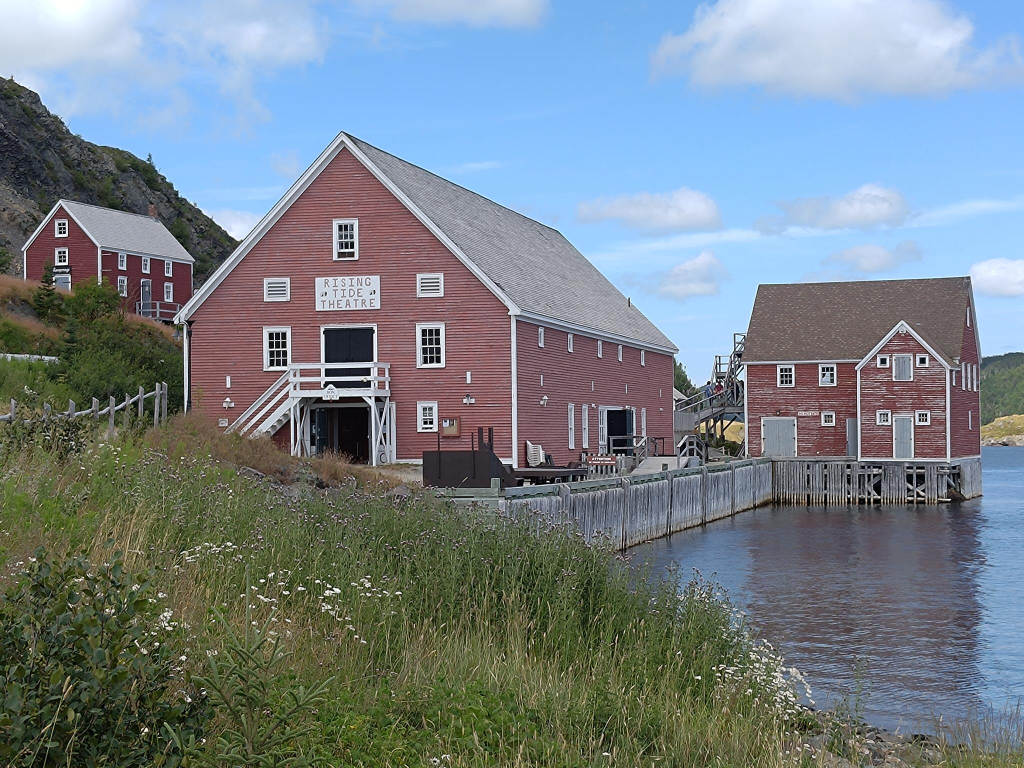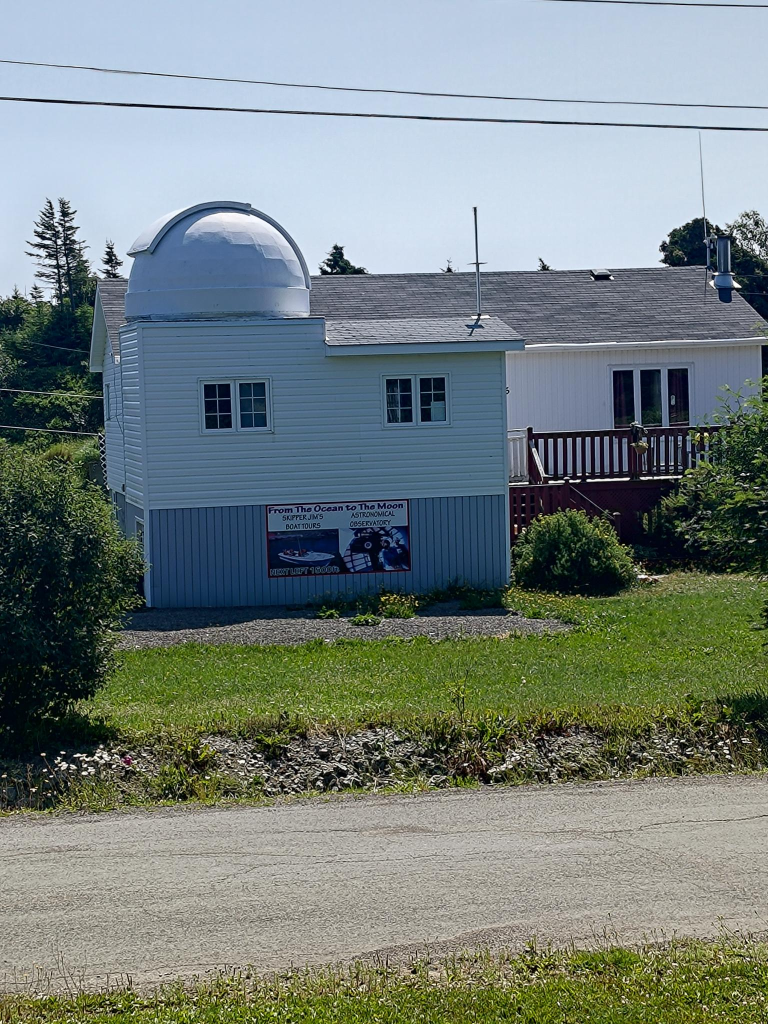Wikipedia tells us that demography is the statistical study of human populations: their size, composition and how they change through the interplay of fertility, mortality and migration. In trying to learn more about the population of Newfoundland and Labrador I consulted Statistics Canada data, but allowed Wikipedia editors to summarize some findings to gain further insights. Since entering confederation in 1949, Newfoundland and Labrador have always been the 9th most populated Canadian province.
In terms of provinces, only Prince Edward Island is less populated, at about 177 000. On 2024-04-06, Statistics Canada’s population clock indicated that New Brunswick’s population had grown to 850 000. Nova Scotia has seen record population growth in recent years, with young people moving in from Ontario and other provinces. Nova Scotia is attempting to reach 2 000 000 by 2060, but faces challenges in health care, education and housing.
Newfoundland and Labrador (NL) reached their maximum population in about 1991, at somewhere around 568 500 people. Since then, it has declined, reaching about 510 500 people in 2021, the last census year. More than half live on the Avalon peninsula.
Labrador has an area of 294 330 km2 and a population in the last census (2021) of 26 655.
In terms of NL, one has to ask why its population has stagnated, if not declined? NL has been overly dependent on one resource, fish, and cod in particular. There are some exceptions. In Corner Brook and Grand Falls – Windsor, there is an emphasis on forestry and pulp and paper production.
In the following section, a comparison will be attempted between Trinity and Twillingate. Both are small villages, yet they are very different.
Trinity

If I have one piece of advice to travellers to Newfoundland, it is to avoid visiting the village of Trinity. The problem with Trinity, is that they have done everything right to make it into a model village. It is more Disneyland, than a thriving village.

There are many attractions in the village, including the Rising Tide Theatre. However, there is little coordination, and almost no parking. We were able to park at the museum because it was closed for an hour long lunch in the middle of the day.
Twillingate
About 300 km north-west of Trinity, and about 112 km = 1.5 hours driving, north of Gander, is the town of Twillingate, with a population just over 2 000. It calls itself the Iceburg capital of the world. To arrive there, one travels across several islands connected by causeways, including New World Island, which commemorates the 1523–24 expedition of Giovanni da Verrazzano (1485–1528) to Newfoundland that established the coast to be part of the New World rather than Asia. Yes, that was over 500 years ago! Fogo is the one island in the area still requiring a ferry connection.
Our stay there was the most refreshing of the trip, we rented a cottage outside of the town. Across the street from our cottage, retired fisherman Jim Gillard has expanded his horizons, setting up a $16 000 telescope in the hand-built Twillingate Astronomical observatory, in his front yard.

This is not the only attraction. A few hundred meters away, is the Top of Twillingate walk, which provided a refreshing view of the area. This is the one part of Newfoundland that I would want to visit again. We also visited the town, which is divided between two islands, South and North Twillingate. We also visited the Long Point lighthouse, located in the town (?) of Crow Head, also located on North Twillingate. The town’s current population is 156, and declining.


